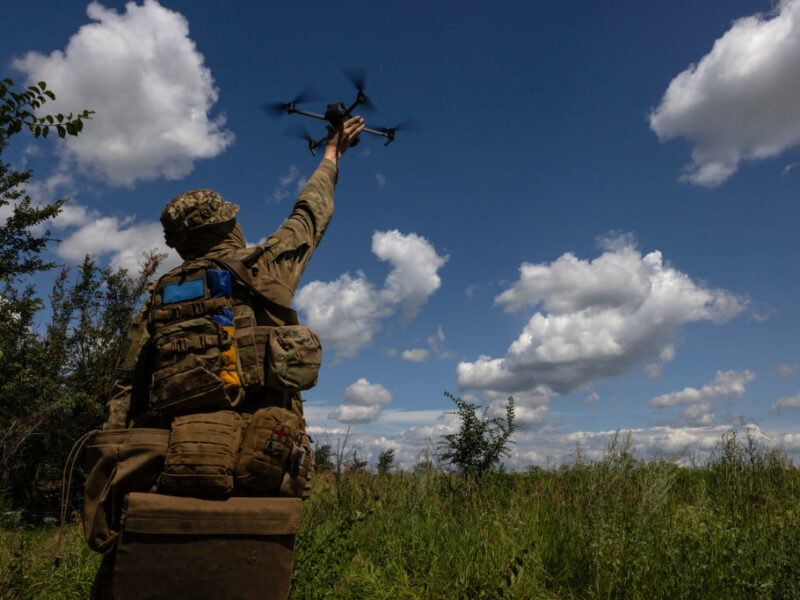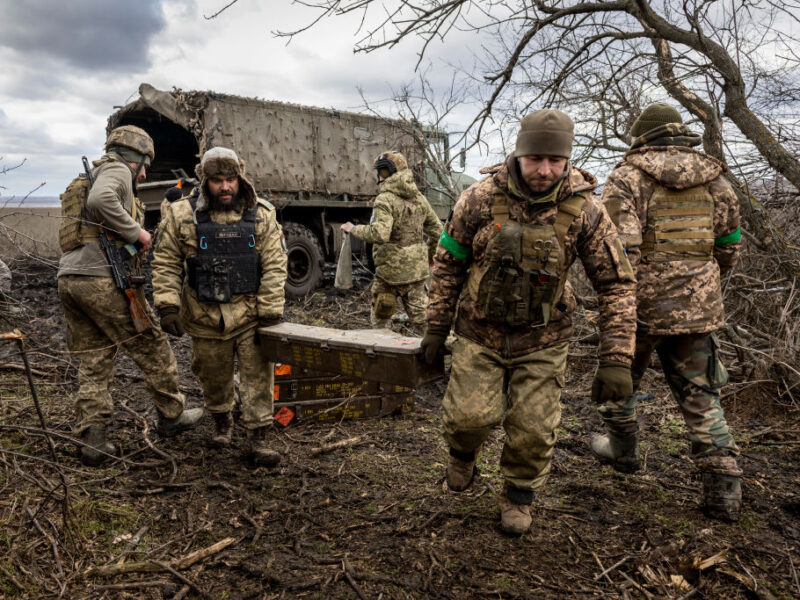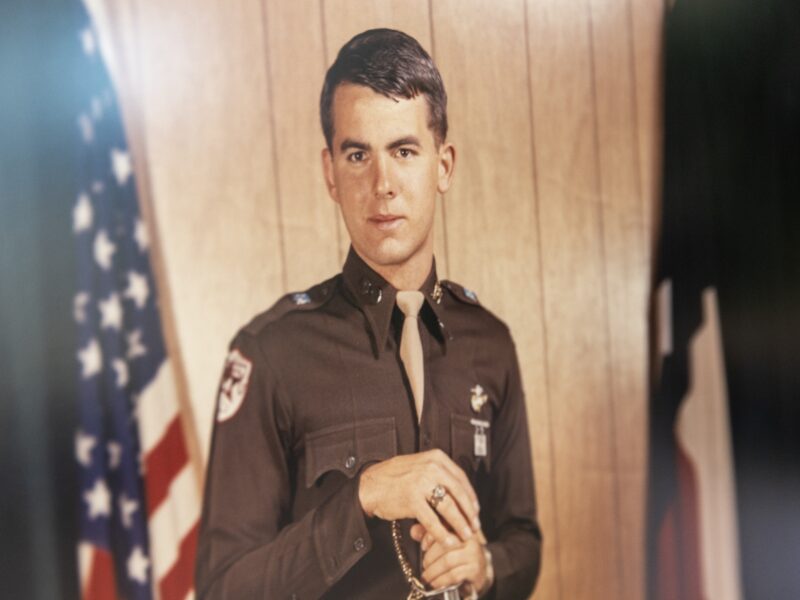What Shaped America’s Memory Of D-Day
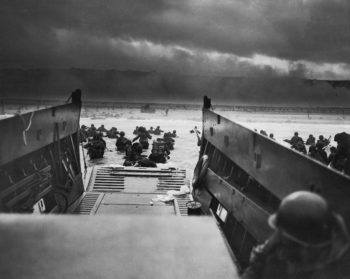
Seventy-eight years ago Monday, more than 160,000 Allied troops landed on the beaches of Normandy, launching the invasion that’s often referred to as the beginning of the end of World War II in Europe.
The Normandy landings, also known as the D-Day invasions, were certainly “incredibly significant” to the war, said Adam Seipp, a professor in the Texas A&M University Department of History – but not for the reasons that come to mind for most Americans.
D-Day Set The Stage For Post-War Europe
Seipp, who is also associate dean of the Graduate and Professional School at Texas A&M, specializes in European war and society and transnational history. He says the D-Day anniversary is an important time to reflect on and recognize the sacrifices of the soldiers who risked and, in some cases, gave their lives, on June 6, 1944 for a free Europe.
By allowing the Allies to establish a presence in Western Europe, D-Day represents a critical step in laying the foundation for a post-Nazi empire world, Seipp said.
“The Normandy landings, in many ways, meant that the capitals of Western Europe were liberated by the Western Allies, not by the Soviet Union,” he said. “In a sense, it’s perhaps more important for what happened after the war than what happened during the war.”
Seipp said D-Day is remembered in Europe today as a symbol for reunification. This was exemplified in 2004, when Gerhard Schroeder became the first German chancellor to attend a commemoration of the landings. On the 40th anniversary in 2014, Seipp said a “fascinating” commemoration ceremony essentially re-imagined D-Day.
“European leaders re-imagined the Normandy landings as a moment when Europeans realized the error of their ways,” Seipp said. “To reimagine D-Day as this moment along the way to European integration is fascinating, as an American. It’s remembered very different there than in the United States.”
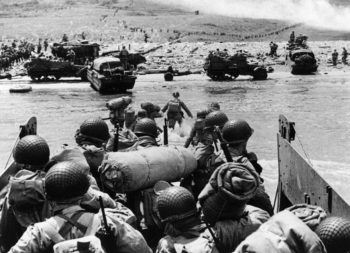
The Defeat Of Nazi Germany Really Happened On The Eastern Front
D-Day’s narrative frequently focuses on its part in bringing World War II to a close. But just three weeks after D-Day, the Soviet Union launched a massive offensive that Seipp said was likely more integral to ending the war than the victory of the Allies in France.
“In a sense, I don’t think the Normandy landings really did much to hasten the end of Nazi Germany,” he said. “There’s almost no question the war was won and lost in the east.”
During the June 22 summer offensive, 2.5 million men attacked the German lines up and down the eastern front. The assault, known as Operation Bagration, resulted in roughly 400,000 German casualties.
Seipp said it should not be seen as a disparagement to those who fought at Normandy, but the fight hundreds of miles to the east in Belorussia was what largely sealed the fate of the war.
“The two operations are not even close in size,” Seipp said. “This really was a war of annihilation on the eastern front and what broke the back of Nazi Germany.”
It Wasn’t Just An American Effort
Also often overlooked, he said, is the role played by Allied troops from Great Britain and Canada on D-Day.
“I think that Americans tend to forget that this really was a multinational effort,” Seipp said.
The American memory of the invasion heavily focuses on the United States’ contribution, he said, but it in many ways was largely a British operation, with Canadians and some free French also participating. Despite this, famous depictions of D-Day in movies such as “Saving Private Ryan” and “The Longest Day” present the invasion as mostly an American effort.
Another likely contributor: Forty years after World War II, the Soviet Union would go on to become the United States’ enemy in the Cold War.
“So it was a little awkward to give the Soviets the credit they deserved,” Seipp said.
Also at the center of how D-Day is remembered in the U.S. is Pointe du Hoc, where former Texas A&M President Gen. James Earl Rudder famously led a battalion of Army Rangers up the 90-foot vertical cliffs defended by German troops on the Normandy beaches. This became one of the most famous moments in the battle’s history thanks to its portrayal in “The Longest Day,” Seipp said, but most of the credit can be given to President Ronald Reagan’s speech about the “boys of Pointe du Hoc” delivered in 1984 for the 40th anniversary.
While there has been some retrospective debate over how militarily useful Rudder’s mission to secure Pointe du Hoc ended up being, Seipp said there’s no question the young lieutenant colonel did something “insanely brave.”
“It’s just unbelievable. Those cliffs are terrifying, and to do that under fire must have been an unbelievably horrifying experience,” he said.
